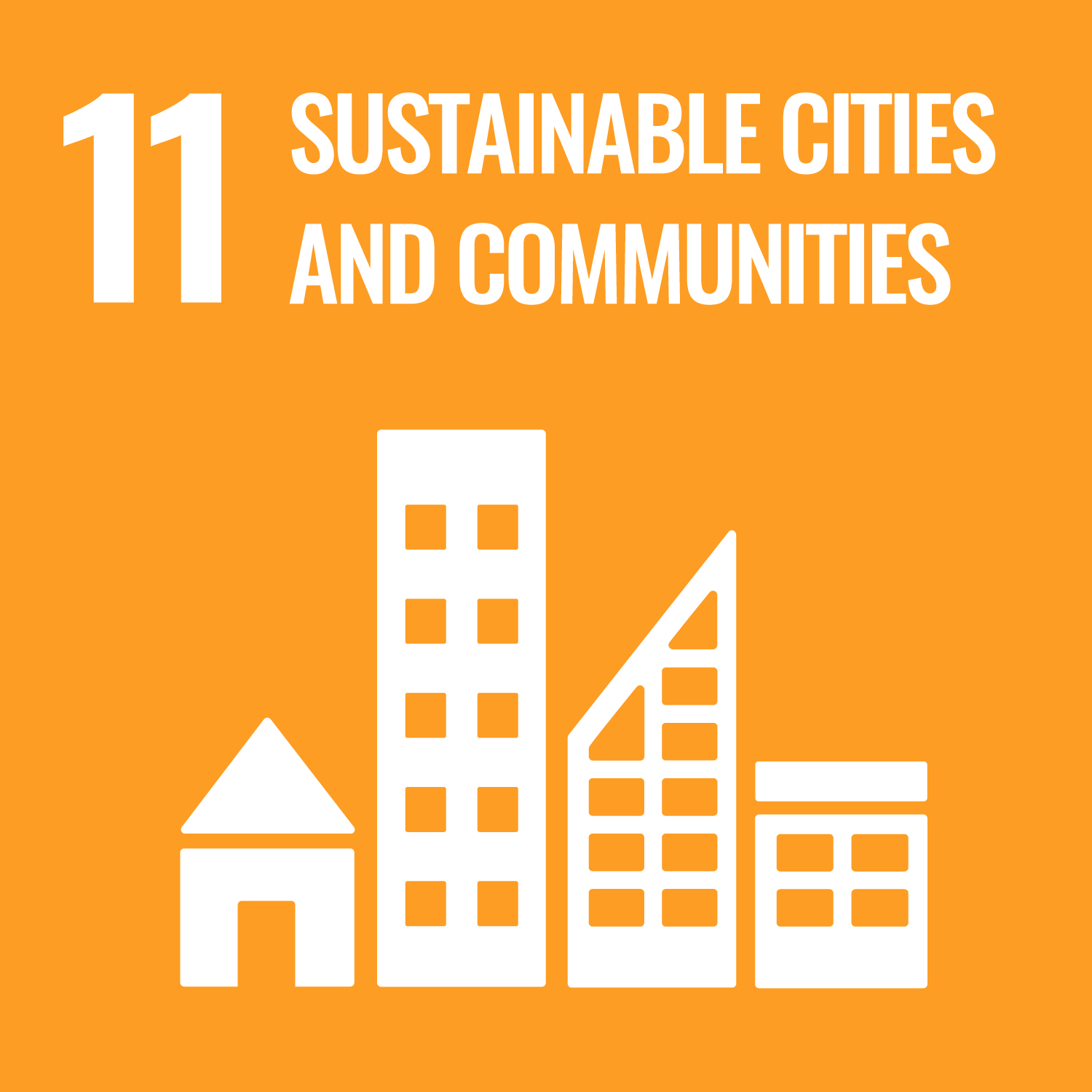<Section 1/>
The first section deals with the architectural and urban history of Japan. Students will acquire methods to analyze historical evidence and reconstruction procedures. The goal is to consider the challenges of preserving historic buildings such as nationally designated cultural properties and World Heritage Sites.
<Section 2>
In the latter half of the course, participants will learn about the process and framework under which World Heritage sites were registered, with the aim of gaining a deeper understanding of the diverse values of heritage and the significance of their protection. Additionally, each group will research and present on international conventions, recommendations, and charters related to heritage protection, enhancing their knowledge and fostering discussions on the future of global heritage preservation.
※大学院歴史系講義のうち、「History of Architecture and Urban Design」(前期)および「建築・都市デザイン史特論」(後期)は同一科目扱いです。日本語ネイティブの学生は、「建築・都市デザイン史特論」の履修をお願いします。
The first section deals with the architectural and urban history of Japan. Students will acquire methods to analyze historical evidence and reconstruction procedures. The goal is to consider the challenges of preserving historic buildings such as nationally designated cultural properties and World Heritage Sites.
<Section 2>
In the latter half of the course, participants will learn about the process and framework under which World Heritage sites were registered, with the aim of gaining a deeper understanding of the diverse values of heritage and the significance of their protection. Additionally, each group will research and present on international conventions, recommendations, and charters related to heritage protection, enhancing their knowledge and fostering discussions on the future of global heritage preservation.
※大学院歴史系講義のうち、「History of Architecture and Urban Design」(前期)および「建築・都市デザイン史特論」(後期)は同一科目扱いです。日本語ネイティブの学生は、「建築・都市デザイン史特論」の履修をお願いします。
- To be able to acquire basic architectural styles and associated vocabulary.
- To be able to acquire methods to analyze historical evidence and reconstruction procedures.
- To be able to understand the challenges of preserving historic buildings such as nationally designated cultural properties and World Heritage Sites.
| Presentation (section 1) | Presentation (section 2) | Total. | |
|---|---|---|---|
| 1. | 30% | 30% | 60% |
| 2. | 10% | 10% | 20% |
| 3. | 10% | 10% | 20% |
| Total. | 50% | 50% | - |
| Class schedule | HW assignments (Including preparation and review of the class.) | Amount of Time Required | |
|---|---|---|---|
| 1. | Introduction (Section 1, Norika Ogashiwa) | Instructions will be given during class | 80minutes |
| 2. | Conservation and Management of Buddhist Heritage in Japan 1 | Instructions will be given during class | 80minutes |
| 3. | Conservation and Management of Buddhist Heritage in Japan 2 | Instructions will be given during class | 80minutes |
| 4. | The Architecture of Buddhist Temples in Ancient times | Instructions will be given during class | 80minutes |
| 5. | The Architecture of Buddhist Temples in Medieval times | Instructions will be given during class | 80minutes |
| 6. | The Architecture of Buddhist Temples in the Early Modern period, Shinto Shrines and Japanese castle | Instructions will be given during class | 80minutes |
| 7. | Midterm presentation | Instructions will be given during class | 80minutes |
| 8. | (Section 2, Rumi Okazaki) Introduction1 UNESCO and World Heritage Overview of UNESCO’s role in heritage protection Classification and grouping of World Heritage sites |
Instructions will be given during class | 80minutes |
| 9. | Introduction 2 International Conventions, Recommendations, and Charters on Heritage Protection Key legal instruments and frameworks |
Instructions will be given during class | 80minutes |
| 10. | Group Presentations & Lectures The Athens Charter (1931) Hague Convention for the Protection of Cultural Property in the Event of Armed Conflict (1954) Video and lecture discussion |
Instructions will be given during class | 80minutes |
| 11. | Group Presentations & Lectures The Venice Charter (1964) World Heritage Convention (1972) Video and lecture discussion |
Instructions will be given during class | 100minutes |
| 12. | Group Presentations & Lectures UNESCO Recommendation on the Protection of Traditional Culture and Folklore (1989) Incorporation of “Cultural Landscapes” into the World Heritage Convention (1992) Video, lecture, and group discussions |
Instructions will be given during class | 100minutes |
| 13. | Group Presentations & Lectures The Nara Document on Authenticity (1994) Declaration of the Masterpieces of the Oral and Intangible Heritage of Humanity (1997) Protocol II to the Hague Convention (1999) Video viewing and lecture |
Instructions will be given during class | 100minutes |
| 14. | Group Presentations & Lectures Convention for the Safeguarding of the Underwater Cultural Heritage (2001) Convention for the Safeguarding of the Intangible Cultural Heritage (2003) Convention on the Protection and Promotion of the Diversity of Cultural Expressions (2005) Video viewing and lectures |
Instructions will be given during class | 200minutes |
| Total. | - | - | 1300minutes |
Presentation (section 1) 50%, report (section 2) 50%, which requires 60 in 100 points to pass. Details of evaluation will
be given in class. However, to obtain passing grades for both assignments, students will require to make reading efforts and
to show critical thinking and writing skills.
| ways of feedback | specific contents about "Other" |
|---|---|
| Feedback in the class |
- Course that cultivates an ability for utilizing knowledge
- Course that cultivates a basic problem-solving skills
| Work experience | Work experience and relevance to the course content if applicable |
|---|---|
| Applicable | Fieldwork-based research |



- 4.QUALITY EDUCATION
- 11.SUSTAINABLE CITIES AND COMMUNITIES
- 12.RESPONSIBLE CONSUMPTION & PRODUCTION
Last modified : Sun Mar 02 04:06:21 JST 2025
